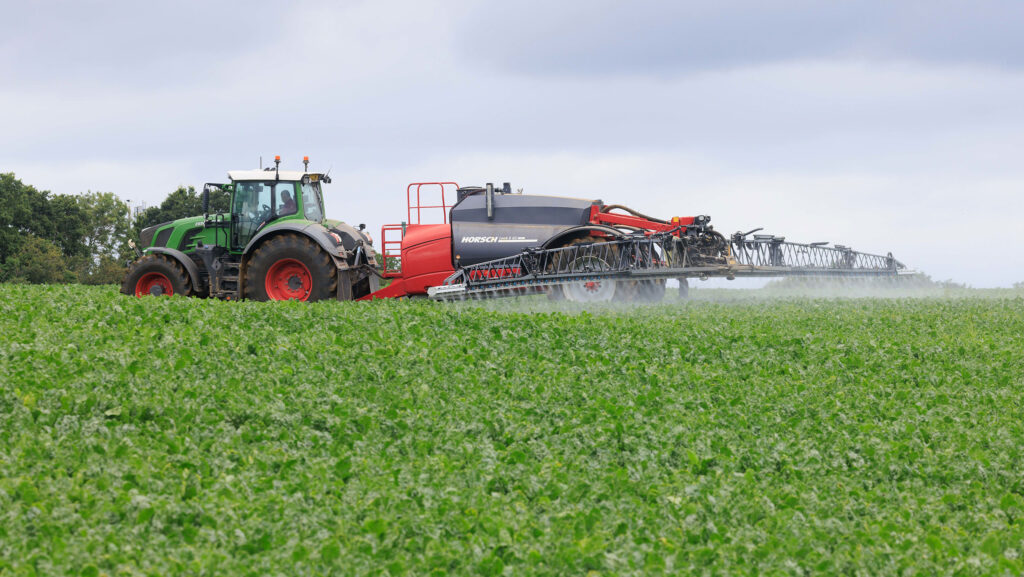Why new tools could help unlock biostimulant secrets for growers
 © Tim Scrivener
© Tim Scrivener Greater specificity is needed when talking about biostimulants to help growers understand their likely effects and avoid disappointment, while new tools should help unlock greater understanding of how they work, according to an independent plant and soil health consultant.
“Biostimulant is just a category,” Joel Williams from Integrated Soils said at Groundswell. “Underneath there is a multitude of various compounds, which can have many different benefits and do many different things. This is why there are so many claims about their effects.”
See also: Why gene editing could help growers practising regen ag
There were various definitions of what constituted a biostimulant, he noted, suggesting both biofertilisers – biological or microbial inoculants designed to change soil fertility or nutrient availability – and biopesticides – compounds or organisms with direct pesticidal properties – belonged in separate categories to biostimulants.
“The key definition of a biostimulant is a biological product that is beneficial to a plant via non-nutritional and non-pesticidal means,” he said.
“Typically, biostimulants are used in very low quantities – small amounts of these substances can be very powerful.”
Various types existed from humic substances to protein hydrolysates, seaweed extracts, essential oils, microbial inoculants and non-essential nutrients, such as cobalt, silicon and selenium, he said.
Typical effects included improving germination, increasing root development, stimulating plant defences or helping improve resilience to environmental stresses.
Often, however, effects appeared to be inconsistent, which created challenges in understanding how to best use the compounds, Joel noted.
“Traditionally, when looking at research and management, we have focused on what it does to the plant phenotype – for example, does it grow more leaf or deeper roots – something that we can measure in the plant’s expression of how it is responding.
“But that can be very variable in different varieties and kind of responses.”
Molecular tools
New high-resolution molecular tools could help improve understanding, he suggested. “We should be able to see which genes are turned on, switched up or down regulated.
“This higher resolution information will help us cut through some of the challenges with phenotypic responses, and give us a more precise understanding of what these compounds do to gene expression and help us develop better management of these types of inputs.”

